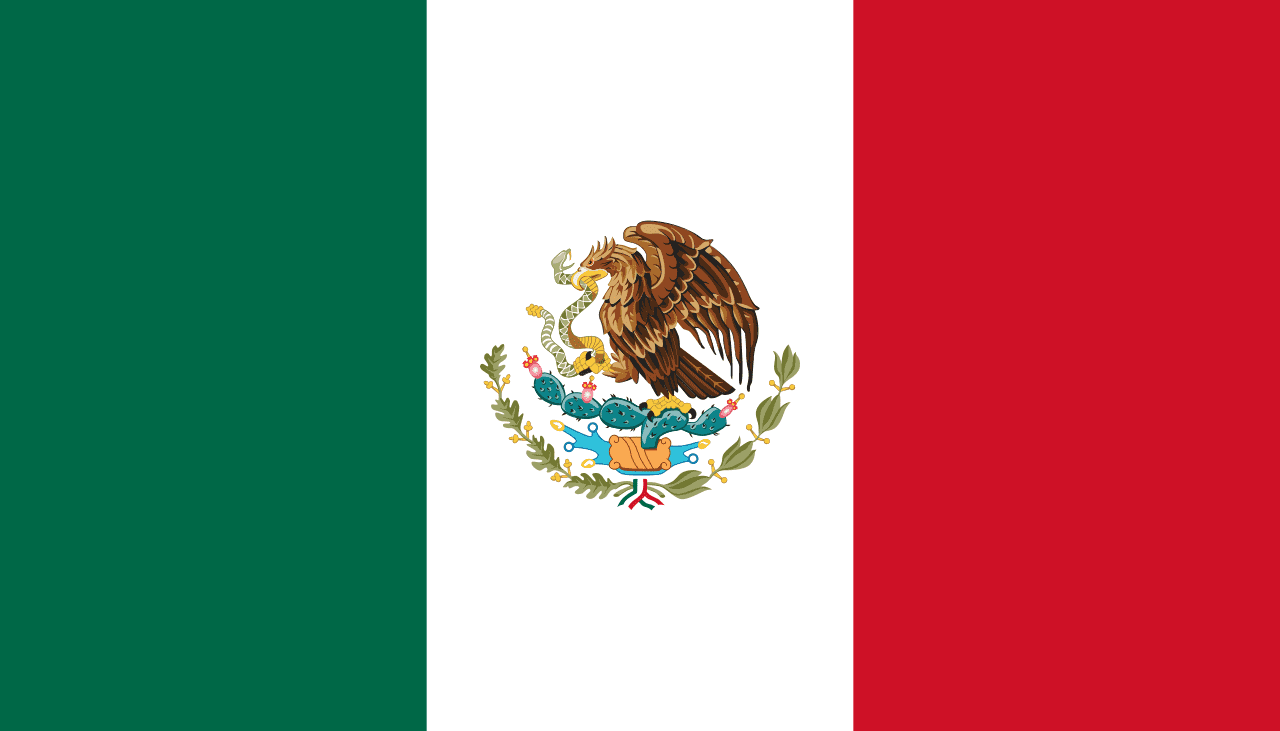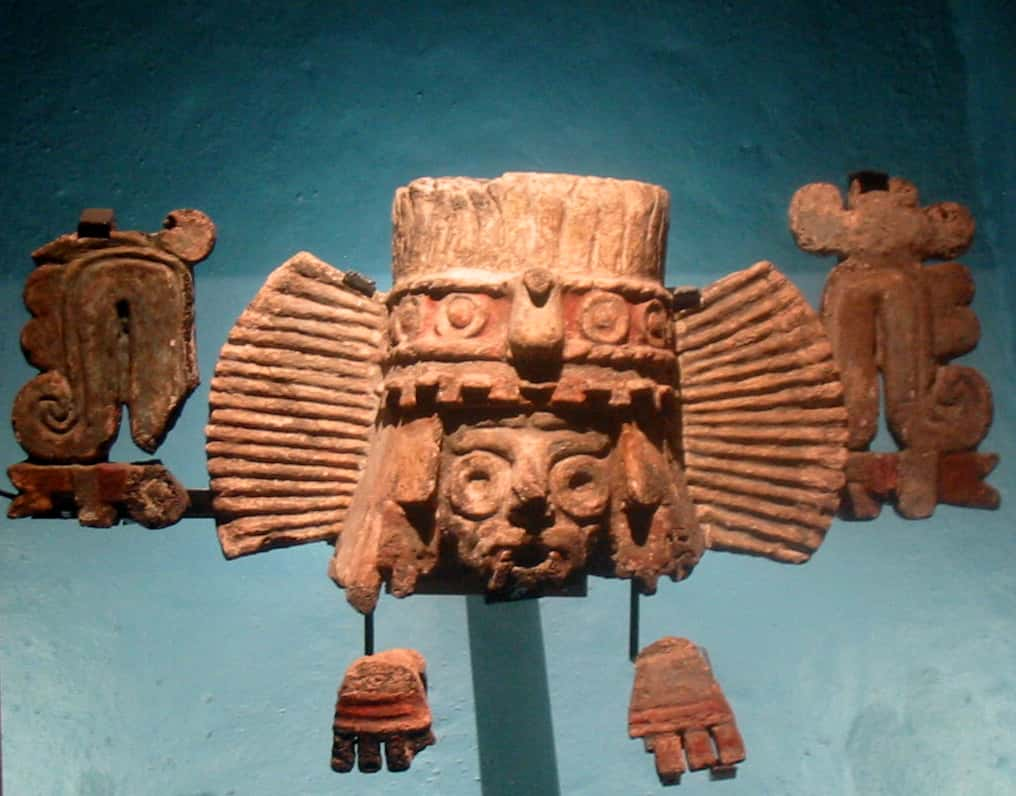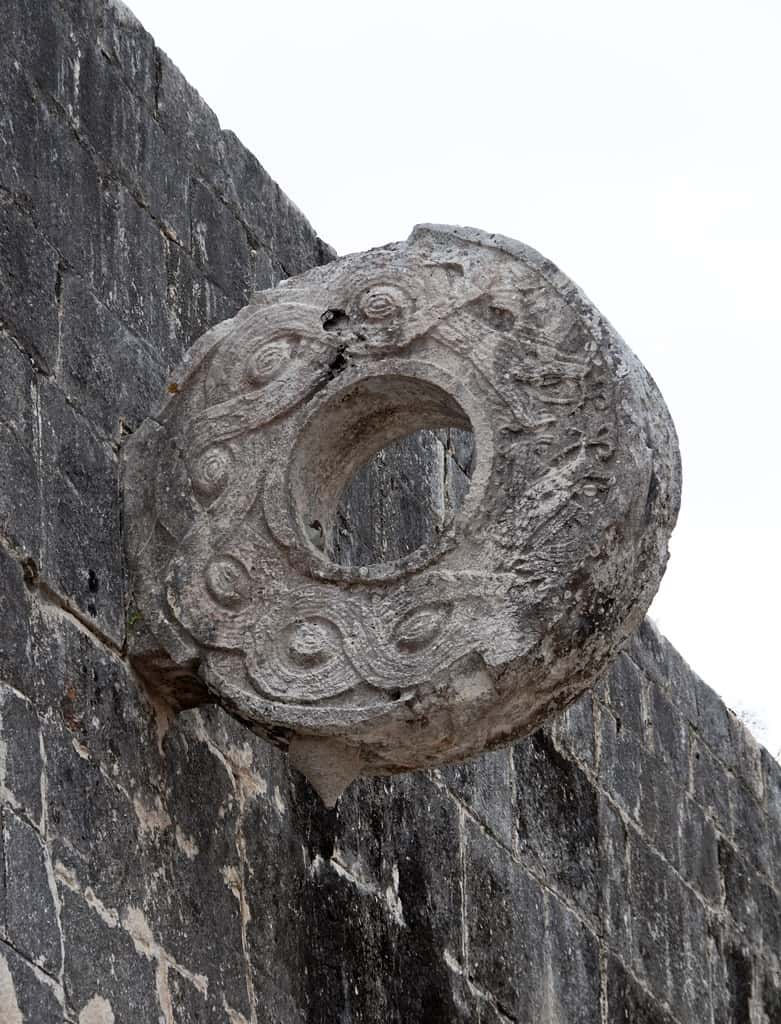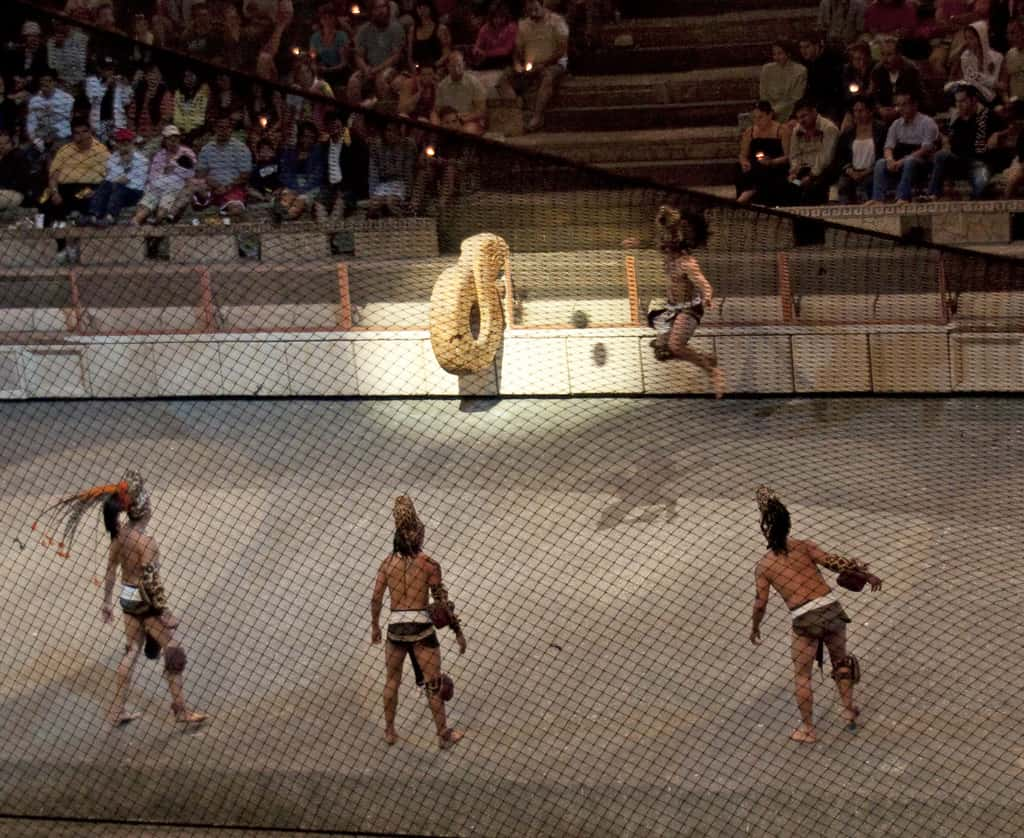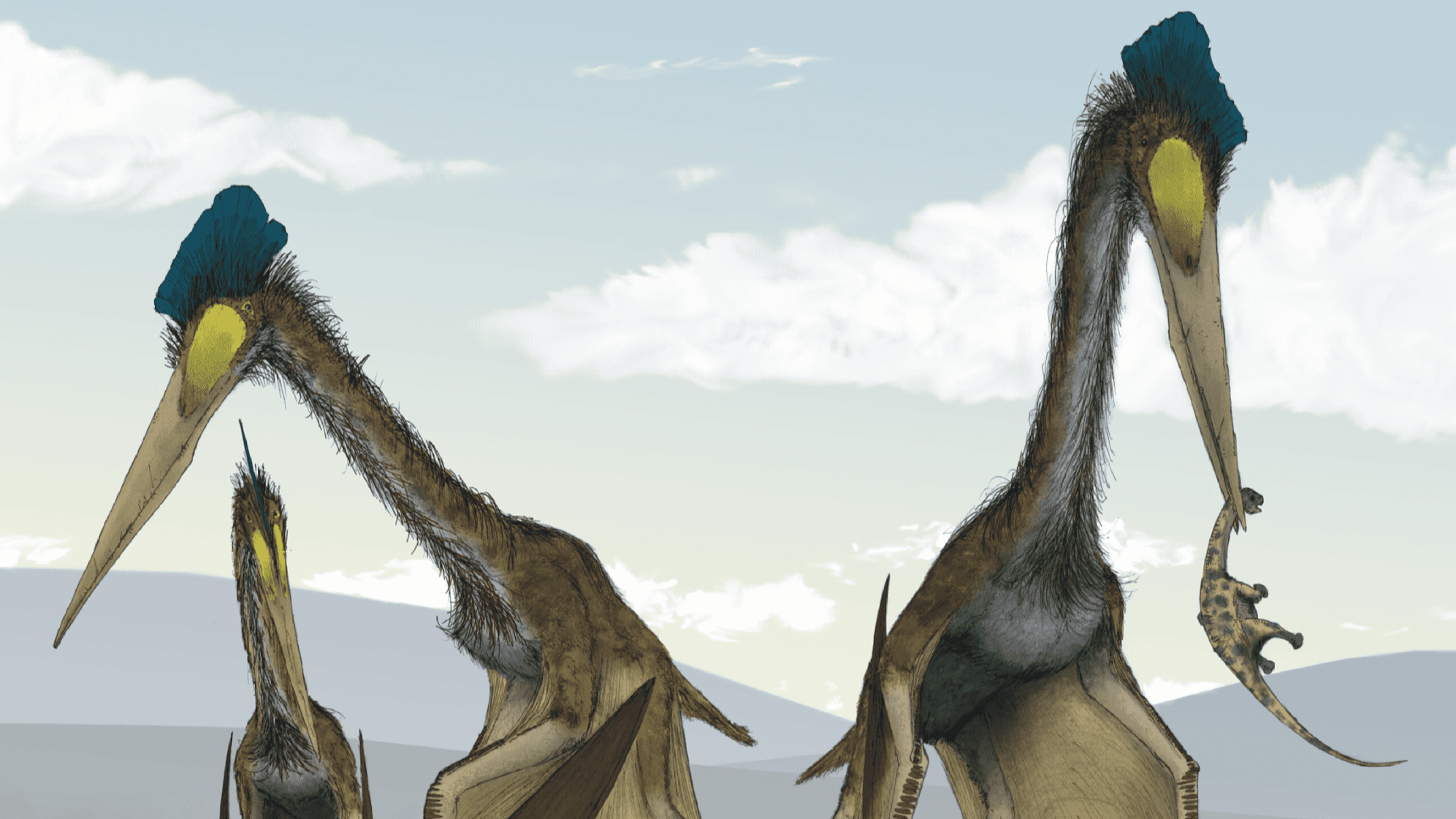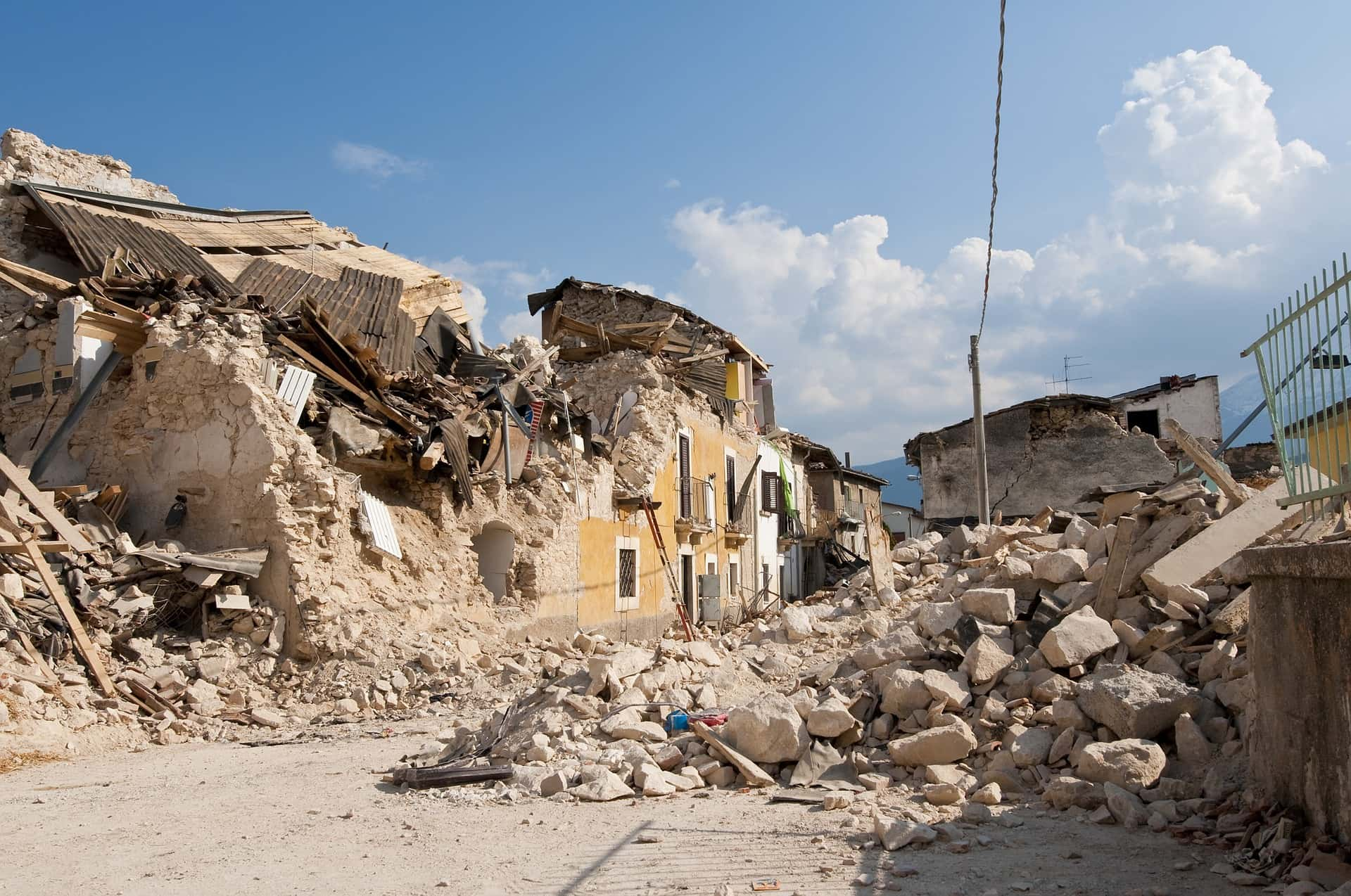Great palaces. Sparkling canals. Walls of skulls. Chilling sacrifices. The Aztecs were one of the most inspiring—and horrific—civilizations ever. Centered on the city of Tenochtitlan in the middle of Lake Texcoco, they built a civilization based on agriculture, sacrifice and, of all things, cleanliness. At its peak, Aztec culture was rich in mythology and religious traditions, all while achieving some astonishing architectural and artistic feats—but if anything, their human sacrifice rituals were even more chilling than people realize. Read on to discover 54 golden facts about the Aztec Civilization.
Aztec Civilization Facts
1. A Housing Market To Die For
Aztecs would commonly bury their deceased under the houses that they occupied while alive. Imagine having to ask your real estate agent about a property’s body count.
2. Floating City
The Aztec built their city of Tenochtitlan right in the middle of the salt lake Texcoco. Why put a city in a lake? According to legend, the wandering Mexica tribes followed an ancient prophecy that told them to build a great city. The prophecy foretold that the location of the city would be revealed by an eagle on top of a cactus with a snake in its beak. They finally witnessed this sight...on a tiny, swampy island in the middle of Lake Texcoco.
It wasn't ideal, but prophecies are prophecies, and Tenochtitlan was founded around the year 1325. By the way, if that "eagle, cactus, and snake" image seemed familiar to anyone, you've probably seen it before. It's right in the middle of Mexico's flag!
3. Next To Godliness
The city of Tenochtitlan was known to be very clean for the time period. It even had garbage men!
4. A Mesoamerican Venice
Unsurprisingly, it took a lot of work to make a whole settlement on the water. There were dams, bridges, canals, and lakes within the city so people would travel by boat just like in modern-day Venice.
 Pixabay
Pixabay
5. Humble Brag
All the achievements of the Aztecs are made more impressive when you know they had no beasts of burden, never discovered the wheel, and had no steel or iron.
6. Sophie’s Choice
Aztec people would sometimes sell themselves or their children into slavery in order to pay off debts. That’s a good motivator to do your chores.
7. Indentured Servitude
The Aztecs' form of slavery made it possible for slaves to eventually buy their freedom back once a debt had been worked or paid off.
8. All Dogs Guide to Heaven.
On occasion, Aztecs would sacrifice a dog and bury it along with a deceased person at their funeral. They believed that a dog could guide the spirit to the afterlife.
9. You Are What We Say You Are
Europeans starting using the term "Aztec" to refer to the people who lived around the city of Tenochtitlan, but that's not what they called themselves. They referred to themselves as the Mexica.

History's most fascinating stories and darkest secrets, delivered to your inbox daily.
10. Pick A Name Out Of A Hat
Tenochca is another name the Aztecs went by, named after their city Tenochtitlan. The Aztec capital was a thriving metropolis for centuries—and it's still around today! Maybe you'd know it by its modern name: Mexico City.
 Wolfgang Sauber, Wikimedia Commons
Wolfgang Sauber, Wikimedia Commons
11. No Child Left Behind
Ahead of their time, the Aztecs were one of the first societies to implement mandatory child education. If you thought scantron was annoying, try chiseling your test answers into rock.
 Wolfgang Sauber, Wikimedia Commons
Wolfgang Sauber, Wikimedia Commons
12. So Many Gods, So Little Time
The Aztec pantheon featured many different gods and goddesses. Each of them controlled one or more facets of Aztec life, such as daily activities and nature. There were many agricultural gods because farming and natural elements were central to their culture.
13. Heads Will Roll
Aztec gods and religion demanded more human sacrifices than any other faith in history. Priests would conduct these rituals at the Pyramids of the Sun and Moon. Roughly 500 to 700 people were killed each year in order to appease the gods.
14. The Ultimate Warrior
Most of the people sacrificed were prisoners of war. It is believed that the Aztecs would arrange battles with their enemies for the specific purpose of each side being able to capture prisoners for sacrifice. Good day to call in sick to work.
 Gary Todd from Xinzheng, China, Wikimedia Commons
Gary Todd from Xinzheng, China, Wikimedia Commons
15. No One Was Safe
The Aztec religion could be brutally literal at times. During periods of drought, priests would sacrifice children specifically, because they believed that the little ones' tears would bring rain. In 1980, archaeologists found the remains of 42 child skeletons near a large Aztec temple.
16. Cavities For All!
The Aztecs were the first people to introduce Europeans to chocolate. I’m sure every dentist would like to personally thank the Aztecs for all that sweet cavity money.
17. From A to Deer-snake
The Aztec alphabet consisted of detailed drawings and hieroglyphs. It was a very advanced system used to keep records of everything from taxes to sacrifices.
18. Who Needs A Gym?
Some of the larger stones that the Aztecs used to build their temples weighed in at roughly 44 tons. Although they used boats extensively to transport construction materials, once they got to the building site the blocks had to be moved by hand, without the use of wheeled carts or beasts of burden. I hope they didn’t skip leg day.
19. Don’t Forget Your Change
Just how important was chocolate to the Aztecs? They actually used cacao beans as currency for small purchases, though when it came to bigger items, they used standardized lengths of cotton cloth instead.
 Pixabay
Pixabay
20. Playoff Season
Ullamaliztli, also known as the "Mesoamerican Ballgame," was a popular team sport that involved getting a rubber ball through small stone hoops without it touching the ground. Players could only use their knees, elbows, hips, and head to do so. Picture a mix of handball, squash, and basketball. This wasn't just fun and games though! The sport was highly ritualistic, and they often held games alongside—you guessed it!—human sacrifices.
21. Ulama Jamma
The Mesoamerican ballgame was around for centuries and saw many different variations. In fact, one version of the game, ulama, is still played today.
 de:User:Sputnik, Wikimedia Commons
de:User:Sputnik, Wikimedia Commons
22. You Thought Hockey was Tough?
Even if the ballgame had nothing to do with human sacrifice, it would still be a brutal bloodsport. The heavy rubber ball, like a massive lacrosse ball, could seriously injure any players. The Spaniards noted that players of the game were usually covered in horrific bruises. They even reported seeing players die during games.
 de:User:Sputnik, Wikimedia Commons
de:User:Sputnik, Wikimedia Commons
23. Why Fight?
Some historical records indicate that different Aztec city-states would use the ballgame as a way to avoid military conflict. Rather than waste their soldiers in battle, they would settle disputes on the ballcourt—though given how brutal the sport could be, maybe open warfare would have been the more humane strategy.
24. Play To Win… Or Die
The skulls of sacrificed former players would often line the courts used to play Ullamaliztli. Because sacrifice tied to the sport was considered honorable, historians don’t know whether the winners or losers were the ones killed after games. Isn’t it just easier to retire a player’s jersey?
25. Hold Onto Your Four Leaf Clovers
There were 365 days on the Aztec calendar, based on the movement of the sun. A year was divided up into 18 months, each with 20 days, and every day had a name. This left five "nameless" days at the end of the year which they considered to be very unlucky.
26. Good Eats
The Aztec diet consisted mainly of maize, potatoes, tomatoes, squash, beans, and chocolate. Aside from what they grew, the hunting of coyotes, armadillos, snakes, rabbits and wild turkeys was also common. They practically had their own Whole Foods!
27. Forward Thinking
With a top-notch agricultural setup, the Aztecs also developed a comprehensive irrigation system that helped strengthen their civilization.
28. When One Isn’t Enough
Polygamy was a widespread practice amongst Aztec males; although it did come with certain boundaries. While official records acknowledged all wives, only the first wife received a wedding ceremony. Furthermore, some historians believe the term "tying the knot" came from the Aztec wedding tradition of literally tying the bride and groom's robes together.
 Nahui Sparrow, Wikimedia Commons
Nahui Sparrow, Wikimedia Commons
29. Metropolis on a Lake
At its peak, Tenochtitlan was one of the biggest cities in the world. Historians estimate that the city held between 200,000 and 400,000 people at the time of Spanish arrival. In Europe, only Paris, Venice, and Constantinople would have been bigger—it would have been five times the size of London under Henry VIII.
 Gary Todd from Xinzheng, China, Wikimedia Commons
Gary Todd from Xinzheng, China, Wikimedia Commons
30. I'm Getting Hungry!
Aztec cuisine is very much alive and well today—they mostly ate corn, chili, beans, squash, tomato, avocado, and chocolate. In fact, many common English names for foods (chocolate, tomato, chili, avocado, tamale, taco, pupusa, chipotle, pozole, atole) come from Nahuatl, the Aztec language.
 Larry Miller, Wikimedia Commons
Larry Miller, Wikimedia Commons
31. I Ate His Liver With Some Fava Beans
Xipe Totec (meaning "Our Lord the Flayed One"), was the Aztec god of agriculture, vegetation, the east, disease, spring, goldsmiths, silversmiths, liberation, and the seasons. They believed that he flayed himself to provide food for humanity. As such, followers of the god wore the flayed skin of prisoners during worship.
 George Gustav Heye Center, Wikimedia Commons
George Gustav Heye Center, Wikimedia Commons
32. Property Sisters
As far as gender was concerned, Aztec society was fairly equal—at least compared to the patriarchal cultures in Europe. Women could own property, and both sons and daughters could inherit from their parents. This meant that women actually had a degree of financial independence from their husbands.
33. Bad Omens
The Aztec Empire was at its height in 1517 when Emperor Moctezuma II received news that massive ships with strange warriors had arrived from across the ocean. He immediately sent envoys to greet them, and told people to keep him informed about their movements. The Spanish had arrived, and Moctezuma had no idea what was coming.
34. Ticking Time Bomb
At first, Moctezuma welcomed the infamous Hernan Cortes and his conquistadors into Tenochtitlan. However, it quickly became clear that the Europeans had malicious plans for the Aztecs, and they soon became unwelcome. Hostilities finally broke out in 1520, when the Spanish committed a brutal massacre.
35. The Beginning of the End
The Massacre in the Great Temple took place in June 1520. Pedro de Alvarado, who Cortes had left in charge of Tenochtitlan, learned of a plot against the Spanish. To prevent it, he planned a preemptive strike against the Aztecs, to take place during a religious festival. While nearly all of the city's nobles were in the Great Temple for a massive ritual, the Spanish attacked. Unarmed and unprepared, the Aztecs were utterly slaughtered.
Historians estimate that as many as 10,000 nobles, including Emperor Moctezuma himself, died on that day.
36. The Blame Game
The Spaniards' excuse for the massacre was that they were preventing a human sacrifice from occurring. The Aztecs said the Spanish simply wanted to steal their gold. Regardless, they both agreed the attack was completely unprovoked. A few nobles managed to climb the walls of the temple complex and bring news of the massacre to the rest of the city, but the vast majority of them died trapped inside.
 Unknown Tlaxcalan Artists, Wikimedia Commons
Unknown Tlaxcalan Artists, Wikimedia Commons
37. Pinch Me!
Built in the middle of a lake, Tenochtitlan was evidently a sight to behold. When Spanish soldiers first saw the city, they were enthralled with its beauty, and many of them thought that they were dreaming.
38. Who Needs Tractors When You've Got Canoes?
The Aztecs were masters of using Lake Texcoco to their advantage. Tenochtitlan's agriculture was based on "chinampas," artificial islands built on the lake to grow food. They could be cultivated year-round, they irrigated themselves, and they yielded an amazing amount of food. The chinampas were separated by narrow canals, and the farmers who tended to them got around by canoe.
39. The Great (Aztec) Pyramid
The Templo Mayor was the centerpiece of Tenochtitlan. This massive complex featured a massive pyramid at its heart, dedicated to Huitzilopochtli, the god of war and the sun, and Tlaloc, god of rain and agriculture. The temple was actually rebuilt six times in the span of two centuries and reached its greatest size (over 60 meters tall) just before the Spanish Conquest.
After the Spanish took over, the razed the pyramid and build a cathedral in its place.
40. Mmmm... Sacrilicious
The Aztecs believed that Huitzilopochtli and Tlaloc actually lived in the Great Pyramid. Every year during a religious festival, they built an idol of Huitzilopochtli out of amaranth seeds, honey, and human blood. Then, at the end of the festival, they broke the idol apart and gave it to the people to eat. Yummy.
41. Look! In The Sky! It's...Quetzalcoatlus?
Quetzalcoatl, the Aztec god of wind, was depicted as a massive feathered serpent. This ferocious image inspired paleontologists who discovered the skeleton of the largest flying animal ever. Called Quetzalcoatlus, this pterosaur had a wingspan of over 35 feet—the size of a small airplane!
42. Lake No More
Anyone who's been to Mexico City might be confused to hear that Tenochtitlan, the great floating city, once stood there. Why? Well, there's no massive Lake Texcoco anywhere to be seen near Mexico City. During the Aztec era, extensive dams were used to control the level of the lake, but they were destroyed during the Spanish Siege of Tenochtitlan. These were never rebuilt, and early Mexico City had to deal with almost constant flooding.
Finally, to stop the floods, Lake Texcoco was drained for good in the 20th century.
43. Consequences
As it turns out, draining a massive lake isn't exactly good for the local environment. Several species from the region have since become endangered or gone extinct. The depletion of the water table has also left Mexico City unstable and vulnerable to earthquakes, and ironically enough, the city that was once built on a lake suffers from a severe lack of water.
44. The Best Laid Plans
Tenochtitlan was meticulously planned. It had a remarkable symmetry, and any new buildings had to be approved by the calmimilocatl, who was in charge of all city planning.
45. Now That's What I Call a Palace
The Aztec Emperor lived in lavish palaces at the Empire's height. By the time of Emperor Moctezuma II, the palace had two separate zoos, one for mammals and one for reptiles, and paid 300 people to maintain them. His estate also contained an extravagant botanical garden and a massive aquarium with ponds for both freshwater and saltwater fish.
 Public Domain Pictures
Public Domain Pictures
46. I Prefer the Statue of Liberty
The Aztec's fondness for human sacrifice led to a truly horrific sort of public display. The "tzompantli," common across many different Mesoamerican cultures, was a massive skull rack meant to show off the skulls of sacrifices. Tenochtitlan alone had several of them, but the largest was in the massive Templo Mayor complex in the city's center. Archaeologists discovered this huge tzompantli in 2017, and it contained more than 650 skulls.
47. You get a Sacrifice! And You get a Sacrifice! Everyone Gets a Sacrifice!
It seems the Aztecs just couldn't get enough of sacrifice. They sacrificed adults, children, and animals, depending on which god they meant to please. Some priests would practice self-mutilation and offer up their own blood as a sacrifice. And finally, while it's unknown just how widespread this practice was, some Aztec rituals featured cannibalism.
48. Now You're Just Bragging
The Aztecs themselves reported that during the reconsecration of the Great Pyramid of Tenochtitlan, they sacrificed more than 80,000 prisoners in just four days.
49. I Get By With A Little Help From My Friends
The Spanish completely razed the city of Tenochtitlan within four years of arriving in Mexico—but they didn't do it alone. While the Aztec Empire was the most powerful state in the land, there were many smaller city-states who resented them. When Cortes set about conquering the Aztecs, he allied with many different indigenous factions, who helped him overthrow Aztec rule.
50. La Malinche
How did Cortes get so many local groups to fight for him? With the help of his constant companion, a Nahuatl woman remembered as La Malinche. She acted as his advisor and interpreter, and she was essential to Cortes's conquest of the region.
51. A Brutal End
Cortes defeated the Aztecs by trapping them within their resplendent city. The Siege of Tenochtitlan lasted over two months, and by the end, as many as 240,000 Aztecs lay dead. It's said that by the time the siege was lifted, 40,000 Aztec bodies were floating in the canals of the city, as there had been no way to bury them.
 Carlos Rueda, Wikimedia Commons
Carlos Rueda, Wikimedia Commons
52. Not So Bad
The Spanish, on the other hand, lost around 100 soldiers during the siege. Thousands of the indigenous allies, however, died in the conflict.
53. Cover Your Mouth When You Cough
When Europeans crossed the Atlantic and encountered the Aztecs, they brought a bevy of diseases with them. While the Europeans had developed resistance to these illnesses, the Aztecs were completely vulnerable. Historians believe that around 20 million Aztecs died from maladies like smallpox brought over by the Spanish. It's generally accepted that this, above warfare, was the main reason for the Aztec civilization's demise.
54. Last But Not Least
Overthrown by the Spanish and neighboring enemy tribes, the fall of the Aztecs marked the last major Native American civilization.



